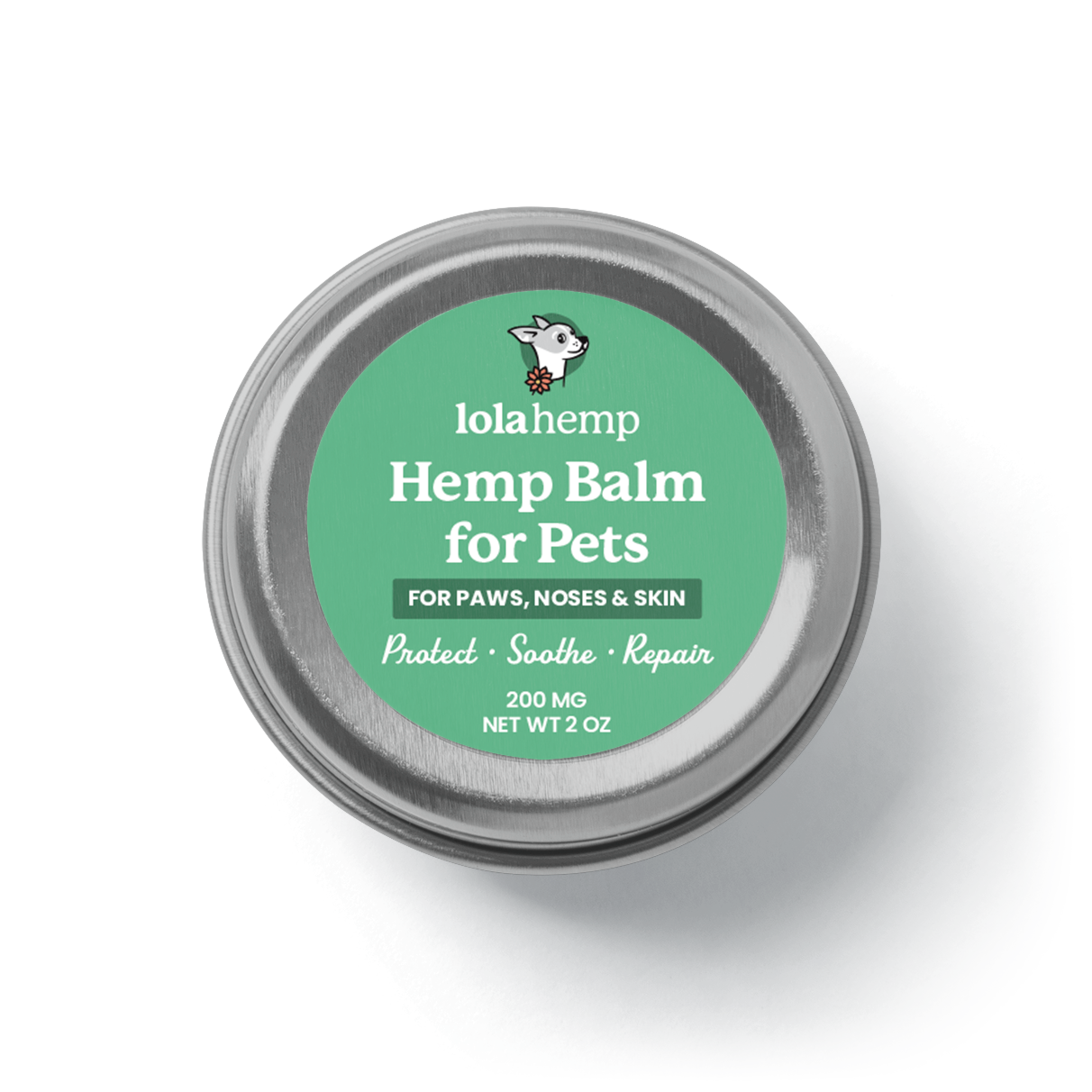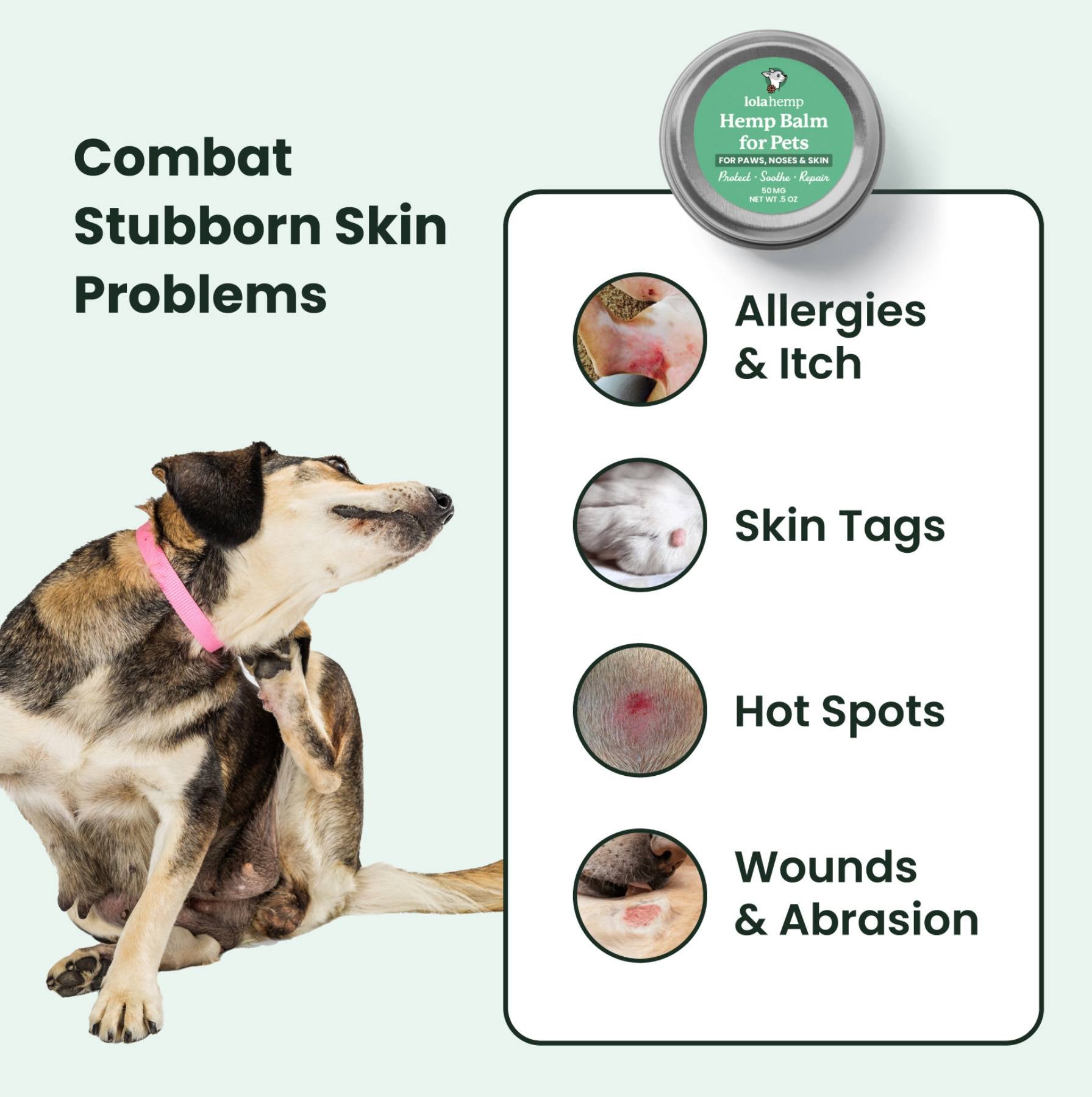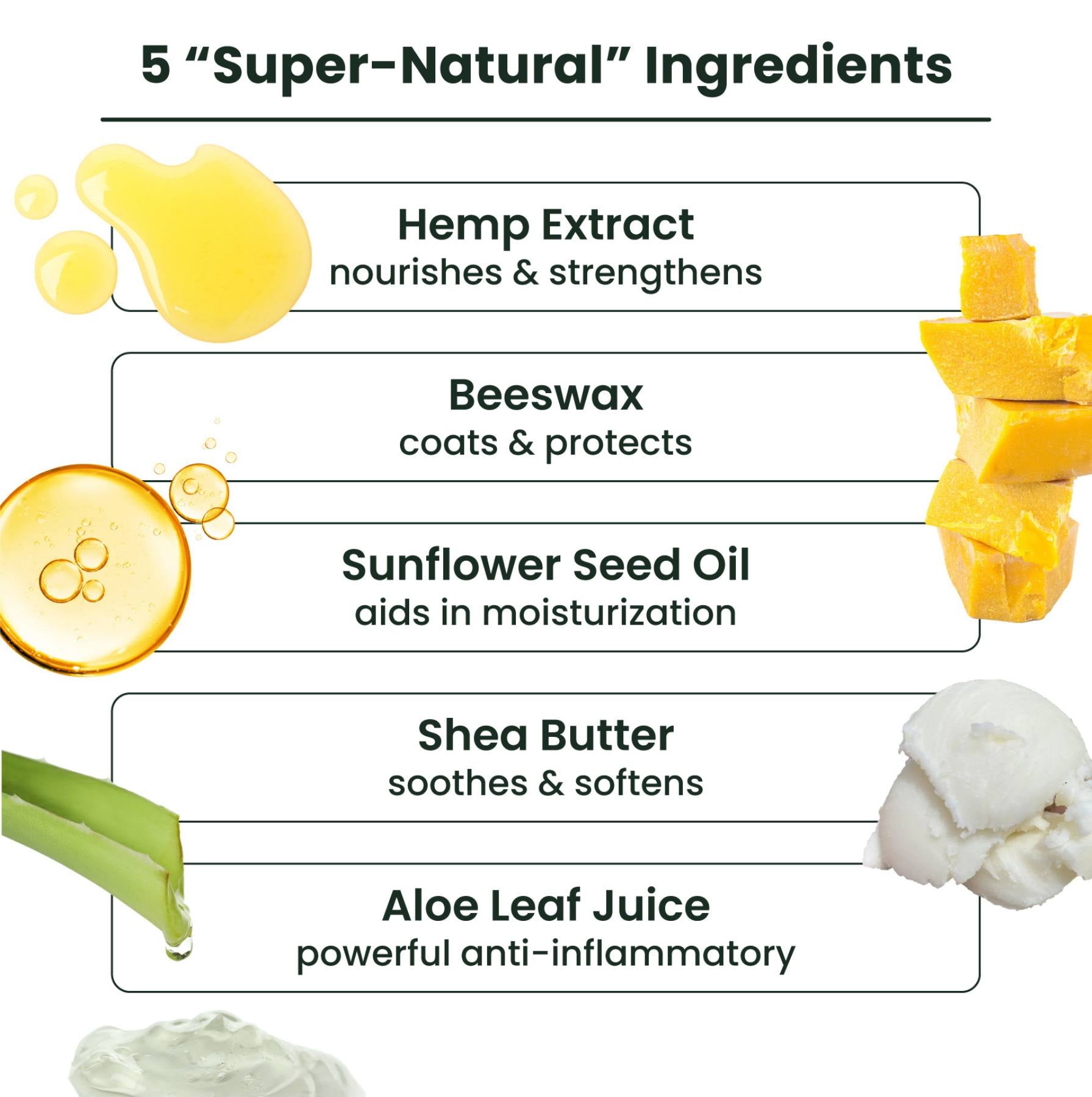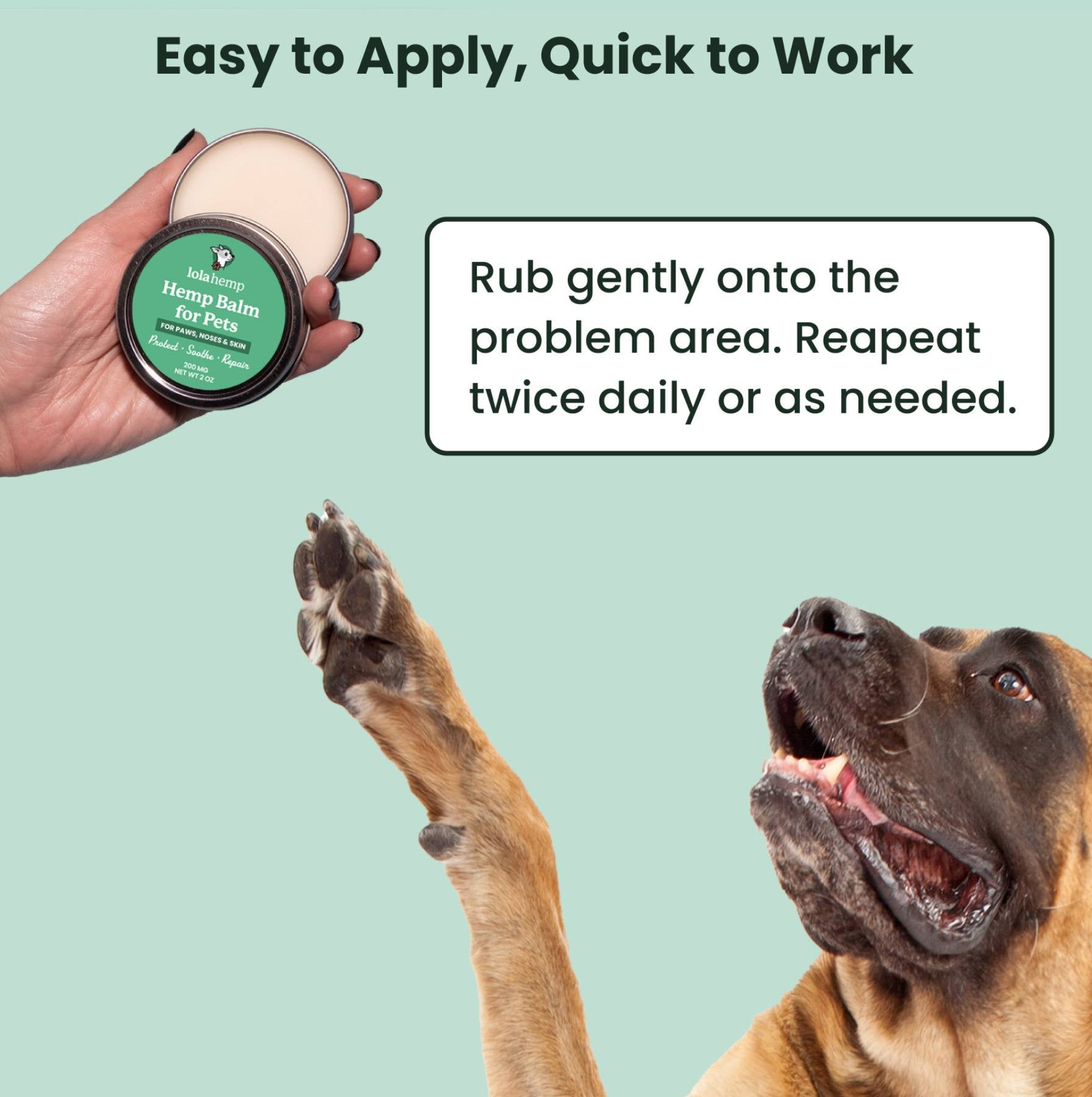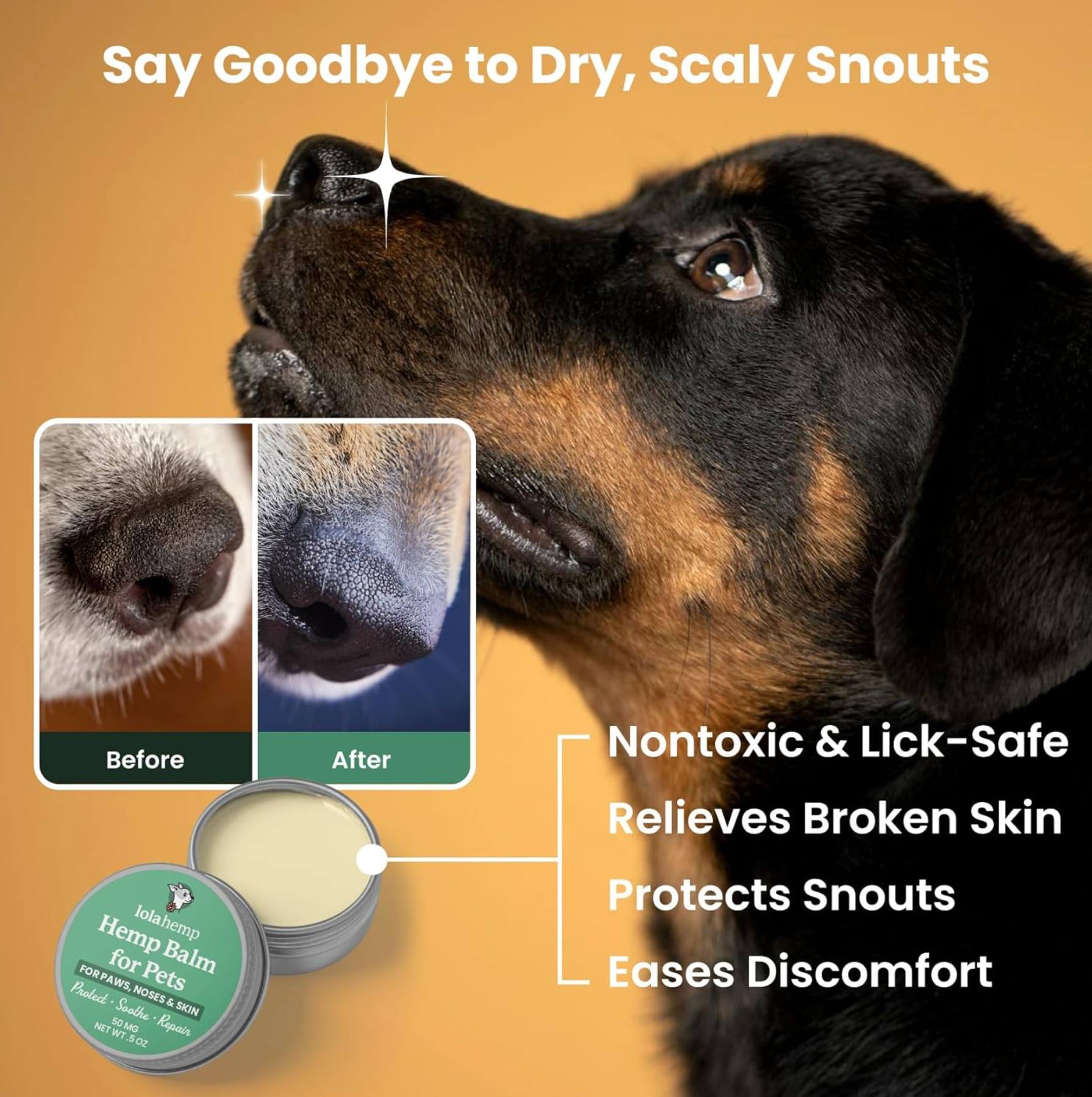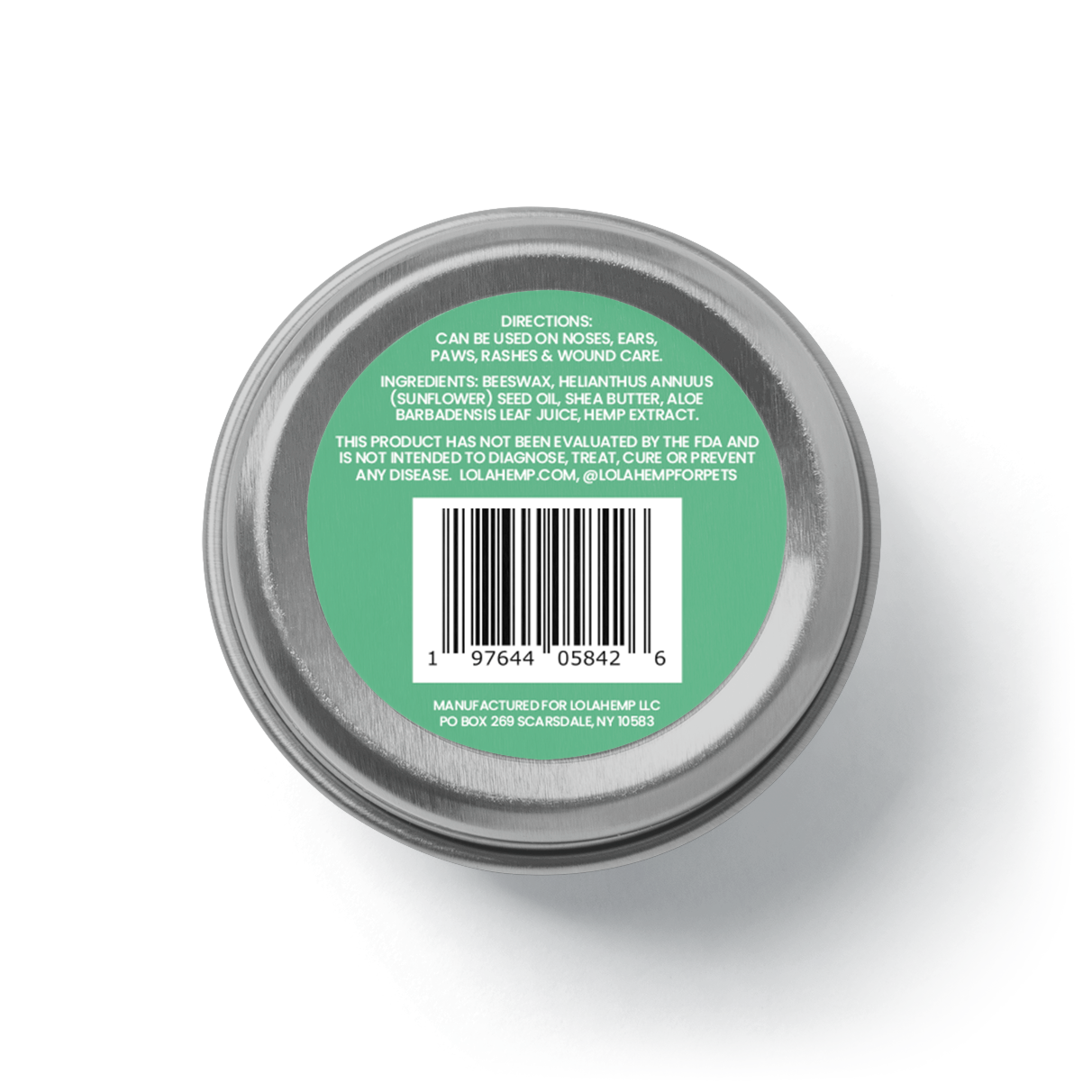Dogs lick their paws in an attempt to relieve discomfort caused by some form of irritation. In many cases, irritation in a dog's paws is caused by allergies, but the source can also be injury, infections, dryness, or even boredom.
This article discusses home remedies to address your dog's paw-licking, both in terms of immediate relief and resolutions for the underlying issues.
We'll look at:
- Soothing balms to relieve paw discomfort
- Immune-boosters to strengthen your dog's allergy response
- Ways to physically prevent dogs from licking their paws
Paw Licking is Typically Caused by Skin Irritation
While dogs can lick their paws in an attempt to self-soothe, it's most often caused by topical skin irritation. Irritation in the paws is often associated with allergies, dry-cracked paws, or the presence of skin abrasion.
The first thing you can do is check your dog's paws for small foreign objects lodged in the skin. Little scraps of metal, stone, or glass can get lodged in the paws during walks. Removing these and cleaning the area is essential in order to avoid infections.
Paw licking is also caused by environmental, dietary, and contact allergies. Dogs' paws are highly sensitive and often impacted by allergic reactions, and this causes a lot of discomfort for dogs. They attempt to relieve the discomfort by licking, which can soothe temporarily.
Paw Balms Can Significantly Reduce Discomfort
Paw balms tend to have soothing, moisturizing, and even anti-irritation ingredients that can significantly reduce your dog's desire to lick its paws.
While balms don't address the underlying issue, they target symptoms in a way that reduces the odds of your dog making the issue worse. If your dog licks its paws excessively, hot spots and infections can develop quickly.
So, resolving the symptoms with a soothing balm provides a buffer while you address the underlying issue. Balms with aloe, beeswax, CBD, and vitamin E are often most effective.
Supporting Your Dog's Immune Health Can Target The Key Causes of Paw Licking
It's difficult to identify the specific cause of your dog's paw licking. If your dog is licking its paws due to discomfort caused by allergies, you will need a veterinarian to properly identify the allergen responsible.
That said, supporting your dog's immune system with dietary additions or supplements can make a significant difference in their immediate condition as well as their vulnerability to immune issues in the future.
Incorporating immune boosters into your dog's daily routine can safeguard your dogs overall health. It's important to make these options daily staples, however, as infrequent use isn't likely to have any impact on your dog's health.
Top Immune Boosters for Dogs:
- Mushroom Extracts & Colostrum (Reishi, Turkey Tail, & Shiitake)
- Curcumin (Found in Turmeric)
- Omega Fatty Acids
Paw Licking is Not Harmless - Take Note
When your dog licks its paws excessively, it can cause infections, hot spots, and more. Bacteria thrives in warm, moist environments, and your dog's constant licking maintains the perfect conditions for bacteria to spread and thrive.
Not to mention, paw licking typically indicates an underlying issue and means that your dog is in discomfort. Contact your veterinarian to get to the bottom of the issue, and utilize the home remedies in this article to provide relief and prevent future issues from occurring.
Physically Preventing Your Dog from Licking Its Paws
If you're struggling to prevent your dog from licking their paws and need an immediate solution while you address the underlying issue, there are some options.
- Elizabethan Collar (E-Collar): Restricts access to paws, preventing licking.
- Protective Boot or Paw Wrap: Covers paws to stop licking, ideal for injuries or irritation.
- Soft Recovery Collar: Comfortable, inflatable collars that prevent paw licking.
- Dog Shirt or Bodysuit: Covers paws and discourages licking while being comfortable.
- Anti-Lick Gel or Paw Protectant: Creates a barrier on paws to deter licking.
- T-shirt or Bandage: Simple coverings over paws to prevent licking.
Conclusion
Paw balms and immune supporting supplements are among the best home remedies for dogs who lick their paws excessively. The discomfort their feeling is most likely the result of an allergy or a skin irritation, and a soothing paw balm typically works to relieve irritation and immune-boosters help future breakouts from occurring down the line.
Overall, these methods of relief should reduce or prevent your dog from excessively licking their paws.
Frequently Asked Questions About Home Remedies for Dogs Licking Their Paws
Why do dogs lick their paws so much?
Most dogs lick their paws due to irritation caused by allergies, dry skin, minor injuries, or infections. Licking is their natural attempt to soothe discomfort.
What home remedy helps dogs stop licking their paws?
Soothing paw balms with ingredients like aloe, beeswax, CBD, or vitamin E can help reduce irritation and discourage licking.
Can allergies cause dogs to lick their paws?
Yes, environmental, dietary, and contact allergies are among the most common causes of paw licking in dogs.
How can I prevent my dog from licking its paws?
Physical barriers such as E-collars, protective boots, soft recovery collars, or bandages can help prevent paw licking while you address the underlying issue.
Is paw licking harmful for dogs?
Yes, excessive licking can lead to infections, hot spots, and worsening irritation. It also signals your dog is experiencing discomfort.

